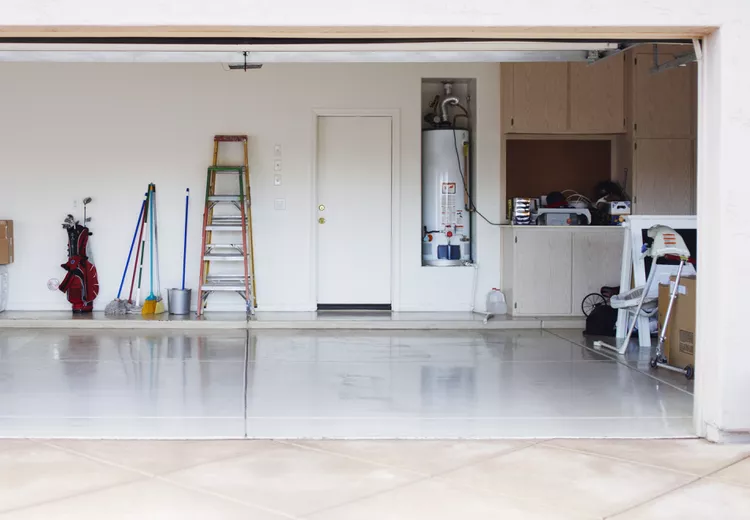Summary of Golf Club Storage Tips
- Understand day-to-day storage needs for golf clubs.
- Best practices for short-term and long-term storage.
- Key considerations for maintaining golf clubs in optimal condition.
The Do’s and Don’ts of Golf Club Storage
When discussing how to store golf clubs, it is essential to differentiate between short-term and long-term storage solutions. By understanding both scenarios, you can ensure your clubs remain in excellent condition, ready for your next game.
Regardless of the storage duration, the best advice remains consistent: store your golf clubs in a dry, temperature-controlled environment.
Day-to-Day Golf Club Storage
If you’re not concerned about storing golf clubs for an extended period, but rather for a few days, you may be tempted to leave them in the trunk of your car or the garage. However, consider the following points.
Storage in a Car Trunk: It is not advisable to leave golf clubs stored in the trunk of a car. The constant movement can cause scratches, nicks, or even dents on your clubs. Moreover, car trunks can reach extreme temperatures, especially during hot days, which can cause the epoxy that bonds the clubhead to the shaft to degrade over time. This could lead to grips becoming loose or even slipping off the shafts. Therefore, it’s best to remove your clubs from the trunk when returning home from the golf course.
Storage in a Garage: Leaving your clubs in the garage overnight or for a few days is acceptable, provided they are dry. Always dry off your clubs and ensure the interior of your golf bag is also moisture-free before storing them. If your garage tends to accumulate moisture, consider bringing your clubs indoors, since high humidity can lead to rust.
While garages don’t reach the high temperatures found in car trunks, it’s still crucial to check that your clubs are dry. If you will not be using your clubs for several days, it is a good practice to clean them thoroughly, including the grips and shafts, before storage.
Conclusion: Avoid leaving your clubs in the car trunk. The garage can be a suitable short-term storage option as long as the clubs are clean and dry. However, for the best protection, consider bringing the clubs inside your home to avoid potential heat-related issues with grips and epoxies.
Long-Term Golf Club Storage
What should you consider when it comes to long-term golf club storage, particularly for several months or more? Whether you’re storing your clubs for the winter or you have other commitments that prevent you from playing, proper storage is essential.
As previously mentioned, the trunk of your car is not a viable option for long-term storage. Instead, a garage or storage facility may suffice, but only if it is humidity- and temperature-controlled. Otherwise, your best bet is to store the clubs inside your home or another dry, climate-controlled area.
Before placing your golf clubs into long-term storage, make sure to clean them thoroughly. This includes cleaning the clubheads and grips, as well as wiping down the shafts. Allow them to dry completely before placing them back into the bag, ensuring that the interior of the bag is also dry.
If your golf bag offers a rain cover, use it to protect the bag while stored. Find a safe corner in a closet or a room where the bag won’t be bumped or disturbed and place your clubs there.
If your garage lacks temperature control, avoid storing your clubs there during the winter. While cold temperatures won’t damage the clubheads or shafts, they can dry out the grips, causing them to harden or crack.
In summary, remember these key points for optimal golf club storage:
- Ensure clubs are completely dry before storage.
- If storing for more than a few days, clean them first.
- Always keep clubs in a dry, temperature-controlled location, preferably inside your home.





